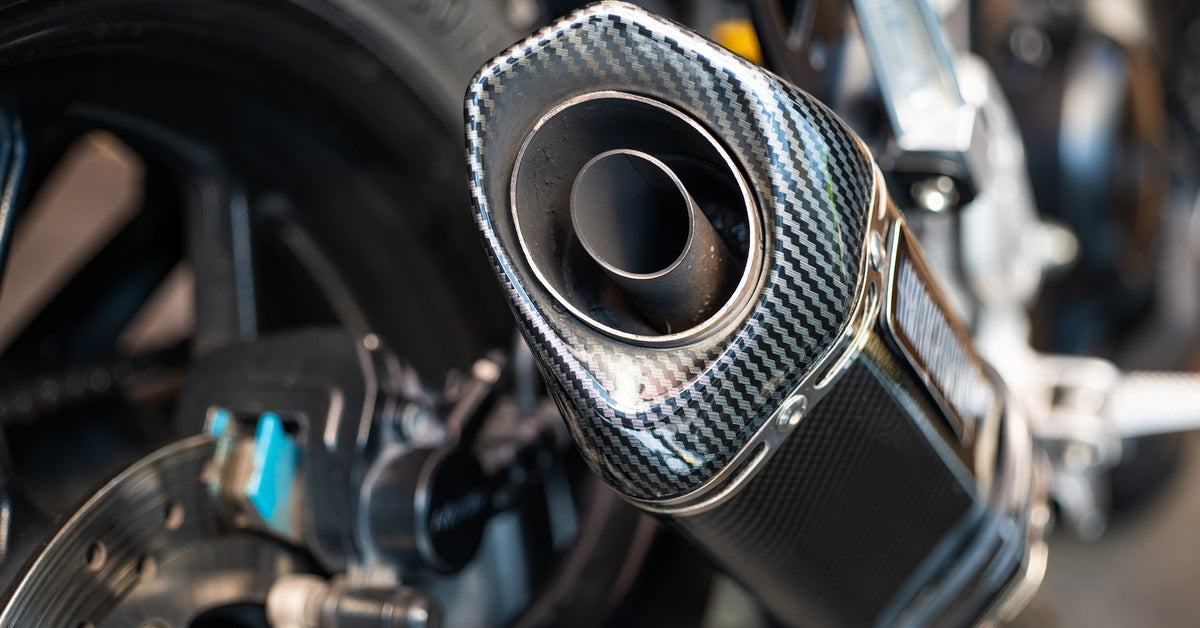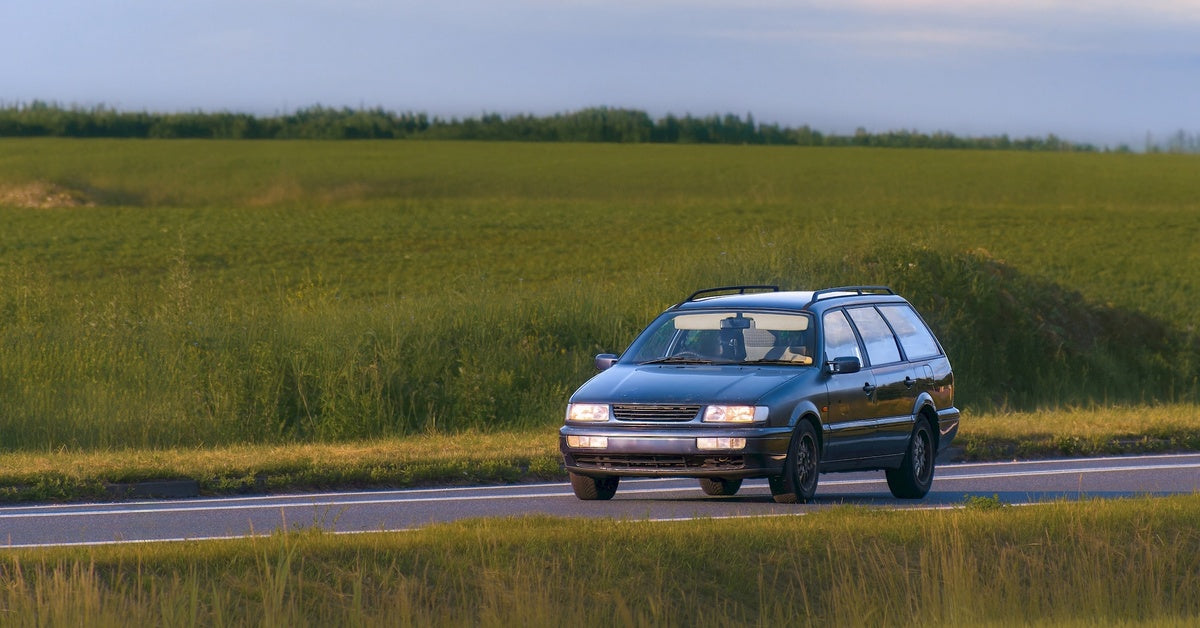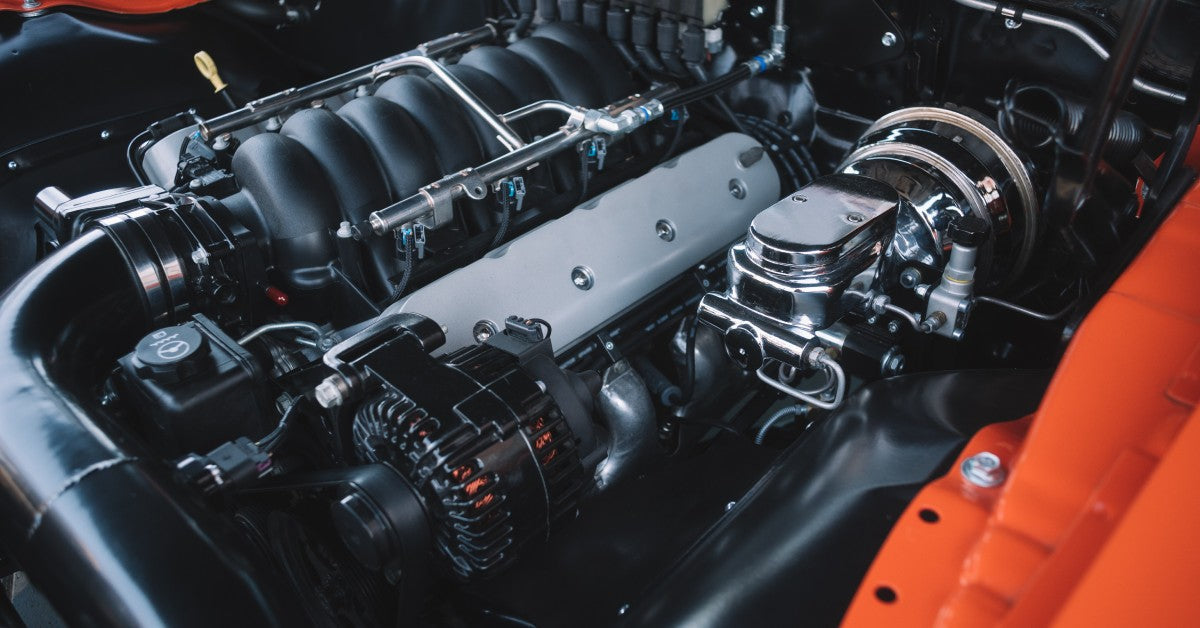
After mixed fan reactions from NASCAR's race changes many are turning to the Sprint car series to get their thrills. This year's Daytona 500 was the first race showcasing the new 3-part style of racing NASCAR is releasing in an effort to attract more fans. While new fans may come to the sport, some of the long-time ones may be leaving, opting instead for the more dangerous Sprint car racing.
Sprint car tracks are shorter, feature fewer regulations, and the cars are simply insane-looking. These lightweight and powerful winged monsters tear around tiny dirt tracks at over 100mph. With an output of over 900 horsepower, top speed over 160mph and a body style which is unlike anything else out there, it is easy to see the appeal. Each Sprint car weighs less than half of a NASCAR and features two large wings at the top. Weighing less than your average sedan but with more horsepower than a Formula One car, these wings produce the down force needed to keep the cars stable and on the track.
Crashes happen much more often in Sprint racing than in NASCAR. Part of this is due to the shorter track which features tighter turns and is clay instead of asphalt. Most tracks are only ¼ mile to ½ mile in length. Though it is inherently more dangerous, the drivers who race Sprint simply love it, even when they're injured. In a recent race driver Dale Blaney was involved in a crash. Though he was uninjured another person is in critical condition and a third is stable at the Volusia County hospital. Though not all Sprint crashes end this well. In 2016 Bryan Clausen, 27, died during a race in Kansas. As one of the nation's top Sprint car racers, the loss was a shock to the fans and the sport as well. Some racers make the crossover into NASCAR, like three-time NASCAR Cup Series champion Tony Stewart and four-time NASCAR champion Jeff Gordon, both of whom were formerly an avid open wheel racers.







